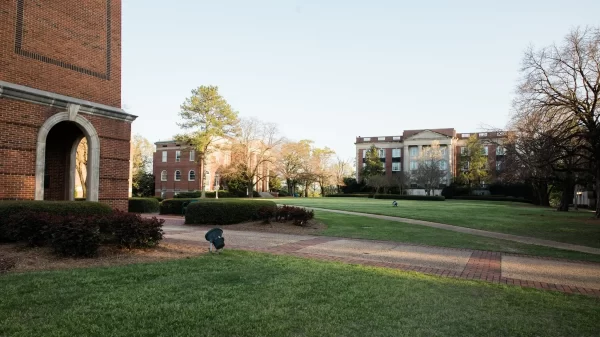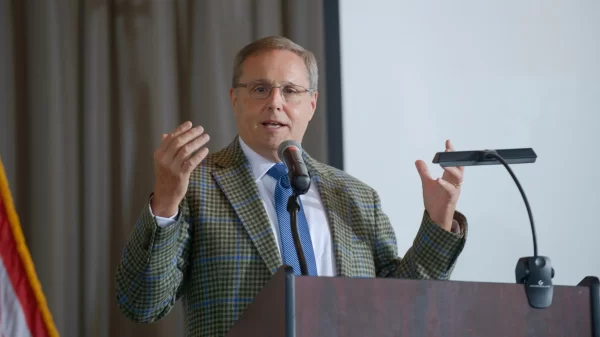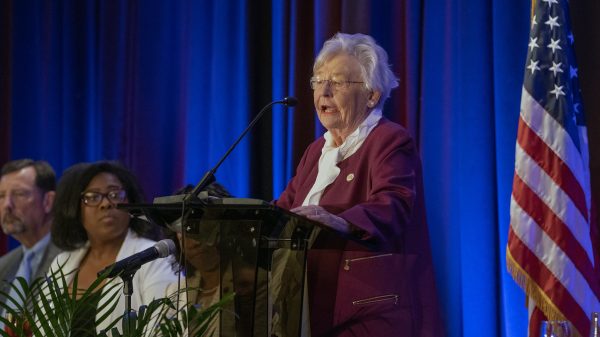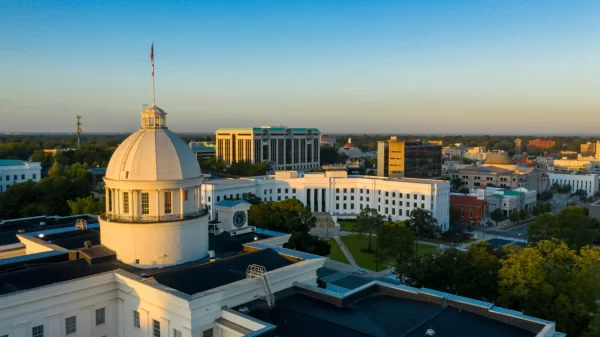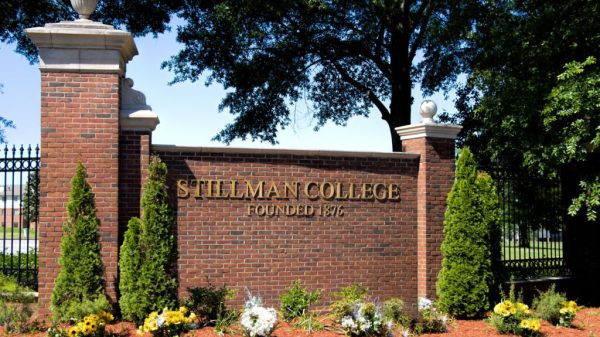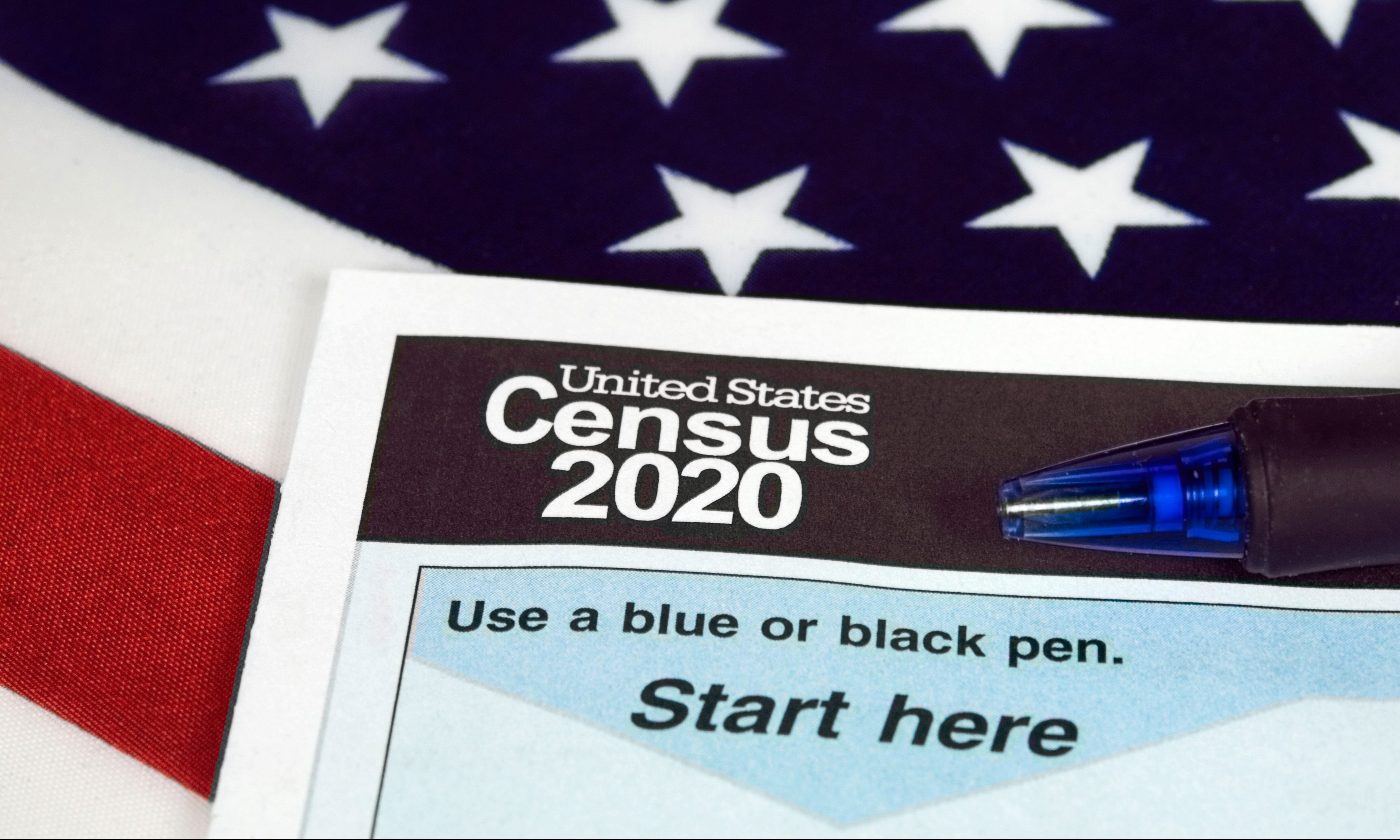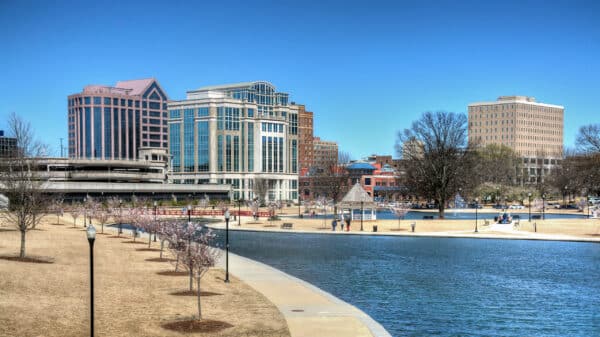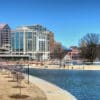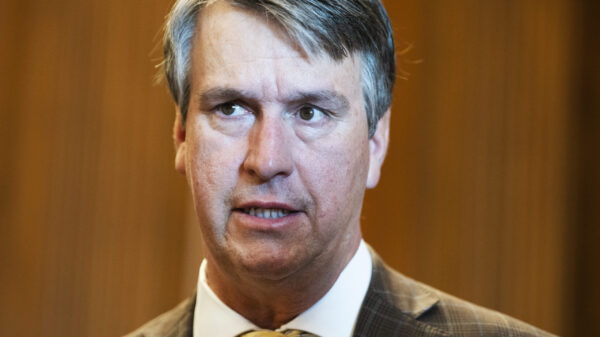The 2020 Census results were released on Thursday. While the state as a whole had modest population growth between 2010 and 2020, there was wide differences between counties with some counties gaining population through births and migration and other counties were in steep declines.
The top two destination counties in the state during the last decade were Madison and Baldwin Counties.
Madison County saw its population grow from 334,811 to 388,153. That is a gain of 53,342 people or 15.93 percent. The City of Huntsville, in Madison County, vaulted from being the fourth largest city in the state four years ago to the largest with a population of 215,006.
Baldwin County saw even more robust growth between 2010 and 2020. The South Alabama County has long been a tourist destination; but now it is also one of the most desirable migration destinations in the state. Baldwin County grew from 182,265 people in 2010 to 231,767 residents in 2020. That is an increase of 49,502 additional residents – 27.16 percent growth over the decade.
Lee County has long been the home of Auburn University; but an increasing number of people are living permanently in the area. Lee County grew from 140,247 residents in 2010 to 174,241 residents in 2020. That is a gain of 33,994 people over the decade – 24.24 percent.
Tuscaloosa County similarly is the home of the University of Alabama; but it is also the home of Mercedes and a vibrant 21st Century economy. Tuscaloosa County ballooned from 194,656 residents in 2010 to 227,036 people in 2020. That is an increase of 32,380 residents or 16.63 percent growth.
The Birmingham/Hoover Metropolitans Statistical Area is still the largest metro area in the state of Alabama; but more and more of those people are moving south to Shelby County. Shelby County grew from 195,085 residents in 2010 to 223,024 in the 2020 Census. That is an increase of 27,939 or 14.32 percent.
More and more of that robust Huntsville metro area grow is spilling over into Limestone County. Limestone County grew from 82,782 residents in 2010 to 103,570 people in 2020. That is an increase of 20,788 people – 25.11 percent growth.
A decade ago, Jefferson County was in bankruptcy over its sewer debt and the outlook for Alabama’s biggest county was grim. Times have changed though; and Jefferson County ended the decade as the Alabama county with the seventh largest population gain over the decade. Jefferson County grew from 658,466 people in 2010 to 674,721 residents in 2020. That is an increase of 16,255 residents – 2.47 percent growth. This was in spite of steep population declines in Jefferson’s largest municipality – Birmingham. The Magic City actually lost population, declining from 212,328 people in the 2010 Census to just 200,733 in the 2020 Census. The rest of the county gained over 28,000 residents in the same period – many of them moving from Birmingham to the suburbs.
Elmore County was number eight on the list with its population growing from 79,303 residents in 2010 to 87,977 in 2020. That was an increase of 8,674 – 10.94 percent growth.
St. Clair County meanwhile continues to show positive momentum, growing from 83,593 residents in 2010 to 91,103 people in 2020. That is 8.98 percent population growth.
Cullman County meanwhile rounds out the top ten for numerical census gains. Cullman County increased from 80,406 residents in 2010 to 87,866 in 2020. That translates into an increase of 7,469 residents or 9.28 percent.
The top ten counties on a percentage basis are: Baldwin 27.16 percent, Limestone 25.11 percent, Lee 24.24 percent, Tuscaloosa 16.63 percent, Madison 15.93 percent, Shelby 14.32 percent, Russell 11.78 percent, Elmore 10.94 percent, Cullman 9.28 percent, and St. Clair County at 8.98 percent.
Counties that have gained population will gain representation in redistricting at the expense of those counties that have lost population. The state legislature is expected to take up redistricting and reapportionment in a special session this fall.
The nonpartisan Redistricting Data Hub helped break down the data used in this report.











